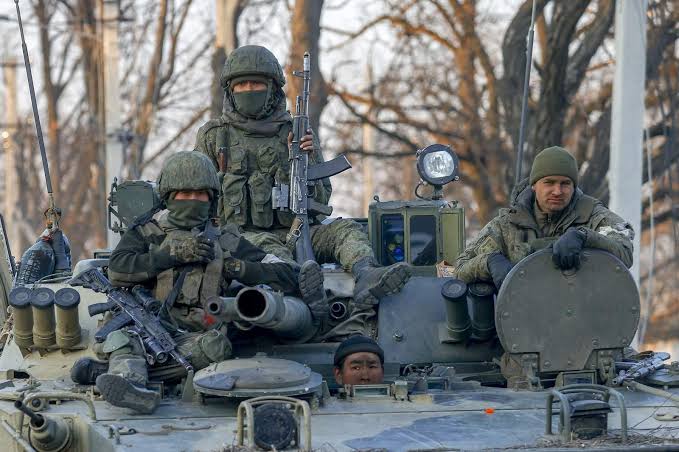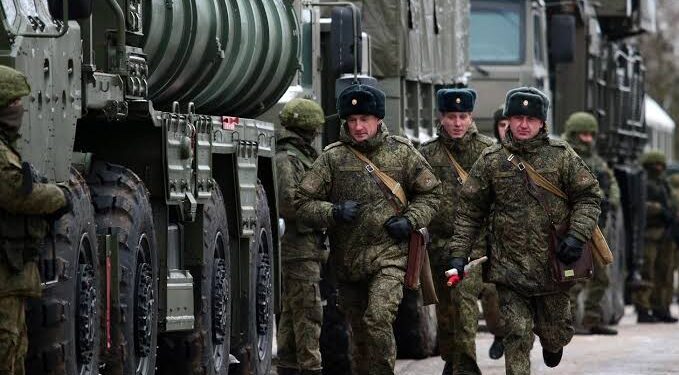Germany has decided to slash its military aid to Ukraine by half next year. This decision comes amidst the looming possibility of Donald Trump reclaiming the U.S. presidency, a scenario that could see American support for Ukraine dwindling.
What They Are Saying
According to a draft of the 2025 budget seen by Reuters, Germany’s military aid to Ukraine will drop to €4 billion ($4.35 billion) in 2025, down from the current €8 billion in 2024. The German government is betting that Ukraine can cover most of its military needs with the $50 billion in loans from the frozen Russian assets approved by the Group of Seven. They’re hoping the earmarked funds for armaments won’t be fully used.
German Finance Minister Christian Lindner confidently stated, “Ukraine’s financing is secured for the foreseeable future thanks to European instruments and the G7 loans.” The U.S. has pushed to “front load” these loans to give Ukraine a substantial lump sum now, a move partly motivated by the uncertainty surrounding Trump’s potential return.

Why It Matters
Alarm bells have been ringing across Europe this week after Trump chose Senator J.D. Vance, a vocal opponent of military aid to Ukraine, as his vice-presidential candidate. Trump’s previous comments about not protecting countries failing to meet NATO’s defense spending targets and his suggestion that Russia could be encouraged to attack them have sparked fierce criticism from Western officials.
Germany, often criticized for repeatedly missing NATO’s 2% GDP defense spending target, is now feeling the heat.
The country’s armed forces, already suffering from decades of underinvestment, have been further depleted by donations to Ukraine. Germany has donated three Patriot air defense units to Kyiv, reducing the number of such systems in Germany to nine.
Berlin’s coalition government of Social Democrats, pro-business liberals, and Greens has struggled to meet NATO’s spending target due to self-imposed borrowing limits. Despite the cut in military aid to Ukraine, Germany promises to comply with NATO’s defense spending target by 2025, allocating €75.3 billion for defense.
In response to Russia’s 2022 invasion of Ukraine, Chancellor Olaf Scholz announced a historic “Zeitenwende” (turning point) with a €100 billion special fund to modernize the military. However, even with an additional €22 billion from this fund and €53.3 billion in the regular budget, the allocation falls short of what Defense Minister Boris Pistorius sought.
The defense budget for 2025 will see only a modest increase of €1.3 billion, far below the €6.7 billion requested by Pistorius. Consequently, the defense ministry must cut ammunition orders by more than half, reduce procurement by €260 million, and slash research and development by over €200 million.
Looking ahead to 2028, the financial plan reveals a gap of €39 billion in the regular budget, with €28 billion needed to meet NATO’s target without the special fund. Decisions on how to fill this financial hole are expected to be postponed until after the 2025 election.
Ingo Gaedechens, a member of the budget committee from the conservative opposition party CDU, bluntly criticized the coalition, saying, “The 80 billion euros that have been put on display for 2028 simply do not exist. The coalition is not even trying to cover this up but are openly admitting it.”
Bottom Line
Germany’s decision to cut military aid to Ukraine and its ongoing struggle to meet defense spending targets underline the complex and often controversial nature of international defense commitments and domestic financial policies.

















